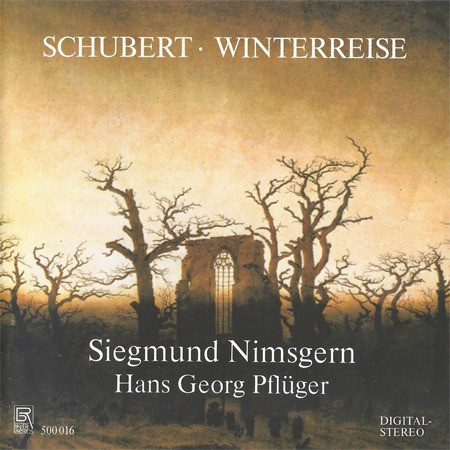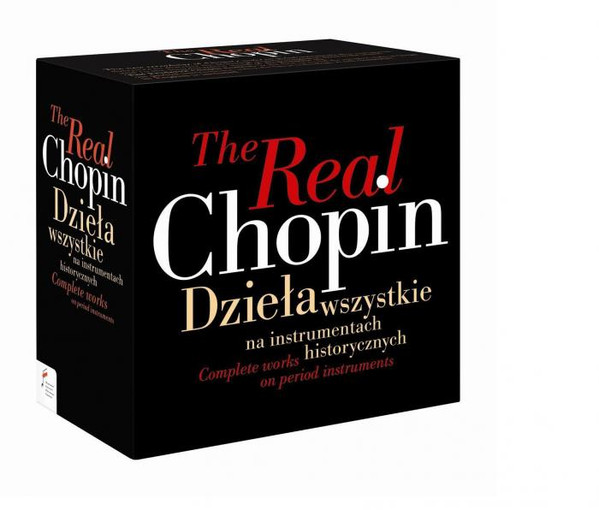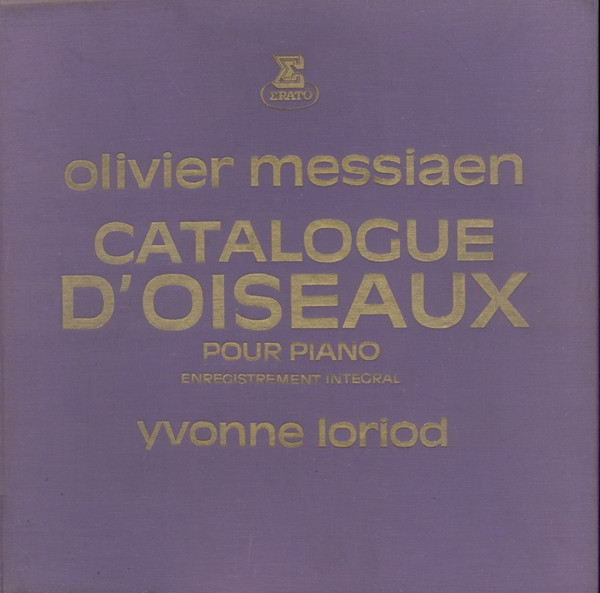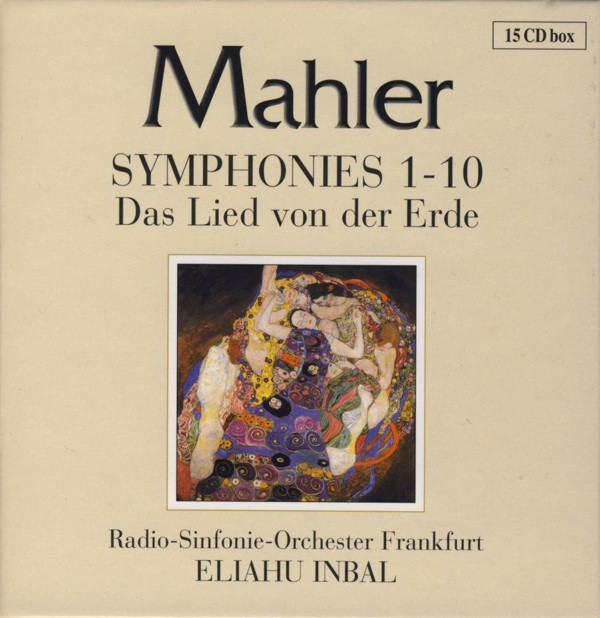- Welcome to GMG Classical Music Forum.
Recent posts
#1
Great Recordings and Reviews / Re: Chopin Recordings
Last post by prémont - Today at 02:11:57 AMQuote from: Que on Today at 01:58:57 AMThe drawback, which could be minor or significant depending on personal preference, is that most pianists on the set are apparently not very familiar with these eperiod instruments and do IMO not always take full advantage of their possibilities or adapt to their properties.
Excellent post @Que. this is precisely the reason why I haven't purchased this box after having purchased and listened to four different items from the box.
#2
Great Recordings and Reviews / Re: Chopin Recordings
Last post by Que - Today at 01:58:57 AMQuote from: San Antone on February 18, 2024, 11:45:06 AMBy far my favorite recordings of Chopin's piano music is "The Real Chopin" box set, played on period pianos.
I largely share your enthusiasm for this set, with one caveat.
First of all, what impresses is the selection of excellent contemporary Chopin interpreters. Secondly the Érards and Pleyels that are used are all in excellent condition and well recorded. The drawback, which could be minor or significant depending on personal preference, is that most pianists on the set are apparently not very familiar with these eperiod instruments and do IMO not always take full advantage of their possibilities or adapt to their properties.
To illustrate what I mean a quote by Paolo Giacometti on the differences between an Érard and a modern Steinway:
"The different tonal worlds of the two instruments result primarily from the parallel stringing and largely wooden frame of the Érard, and the cross-stringing and steel frame (to accommodate the higher tension of the strings and case) of the Steinway. The sound of the Érard is thus more stringy and dies away differently, while the various registers are more individual. The Steinway glories in the resonance of the strings and case, and the mélange of the notes. Since relationships between the immense richness of colour and timbre in Ravel's music are therefore different, this is naturally of influence on the interpretative choices made by the performer. The pedalling, dynamic transitions, balance between the parts, harmonic colours, build-up of tension, tempos – all these must be approached differently depending on the instrument used. This is clearest of all in relation to tempos".
IMO this means, for instance, that you not only can play in a faster tempo on an Érard, you also (generally speaking) should because of the shorter decay...
#3
General Classical Music Discussion / Re: What are you listening 2 n...
Last post by aukhawk - Today at 01:17:24 AMQuote from: steve ridgway on April 27, 2024, 10:54:37 PMMessiaen: Le Merle De Roche
Just listening to the music now, there are too many birds to follow.
Messiaen: Le Loriot; Yvonne Loriod (1st recording)
Note that the words Loriot and Loriod in French sound much the same, since the final consonant is not sounded. And this music, which must have been in Messiaen's mind for over 10 years since he first encountered the young pianist, is probably as much about the person as it is about the bird.
The bird itself is pictured on the original LP cover image (below). Now picture the scene at the premiere performance of the complete Catalogue in 1959, which Loriod/Loriot performed entirely from memory as was her habit - seated at the piano wearing a yellow gown with black sleeves ...

Messiaen, Catalogue d'Oiseaux, Loriod, Vega
#4
General Classical Music Discussion / Re: What are you listening 2 n...
Last post by AnotherSpin - Today at 01:09:29 AMOp. 106, Marc-André Hamelin (2022, Fishtail, Montana)
#5
Great Recordings and Reviews / Re: Ihre Favourite Winterreise
Last post by Mandryka - Today at 12:54:12 AM
Nimsgern is a low baritone. He was an opera singer, Wotan in Janowski's Ring and Amfortas for Horenstein, though I think he'd retired when he made this Winterreise. Dramatic to the point where the word is insufficient - electric, a sort of nightmarish delirium. Müller meets Artaud! Very enjoyable for me.
#6
The Diner / Re: The football (soccer) thre...
Last post by springrite - Today at 12:46:36 AMQuote from: vandermolen on Today at 12:01:12 AMYes, I understand, although the debacle at Stamford Bridge has been dispiriting....and all those decade-long contacts...
#7
General Classical Music Discussion / Re: Musical depictions of the ...
Last post by pjme - Today at 12:44:25 AMQuote from: Dima on April 28, 2024, 03:03:56 PMI'm not satisfied with existing recordings of Ocean symphony.Thank you for this special additional information. Do you prefer the original version from 1851 (4 movements / dedication to Liszt) or is it the version in seven movements (additions from 1863 and 1880) that is more important? What are the main shortcomings of the existing recorded versions? What would be an "ideal" recording?
And this recording is my sample how it may or should sound - it is reconstructed (and conducted) by me with the help of audio editor on computer using real recordings.
I found this interesting text (1994) at the site of the American Symphony Orchestra , written by Carol Reynards:
https://americansymphony.org/concert-notes/symphony-no-2-in-c-major-op-42-ocean/
I'm listening to Ghedini's Marinaresca e baccanale - a very memorable and original "seapiece"!
#8
Great Recordings and Reviews / Re: Favourite pianist who emer...
Last post by aukhawk - Today at 12:21:26 AMHere is an interesting YouTube which shows Yuja Wang's heart rate - alongside those of the conductor, the orchestra as a collective, and the audience as a collective - during an extended Rachmaninoff performance at the Carnegie Hall.
#9
General Classical Music Discussion / Re: What are you listening 2 n...
Last post by Daverz - Today at 12:08:39 AMQuote from: mahler10th on April 28, 2024, 03:44:33 PM
Don't know if this is still in print, Inbal doing Mahler in the 80's on the Denon Label.
#10
General Classical Music Discussion / Re: What are you listening 2 n...
Last post by vandermolen - Today at 12:07:33 AMVaughan Williams: Symphony No.5
Boston SO, Koussevitsky (1947 recording)
A very fine, deeply-felt, urgent, sibelian performance
Boston SO, Koussevitsky (1947 recording)
A very fine, deeply-felt, urgent, sibelian performance



